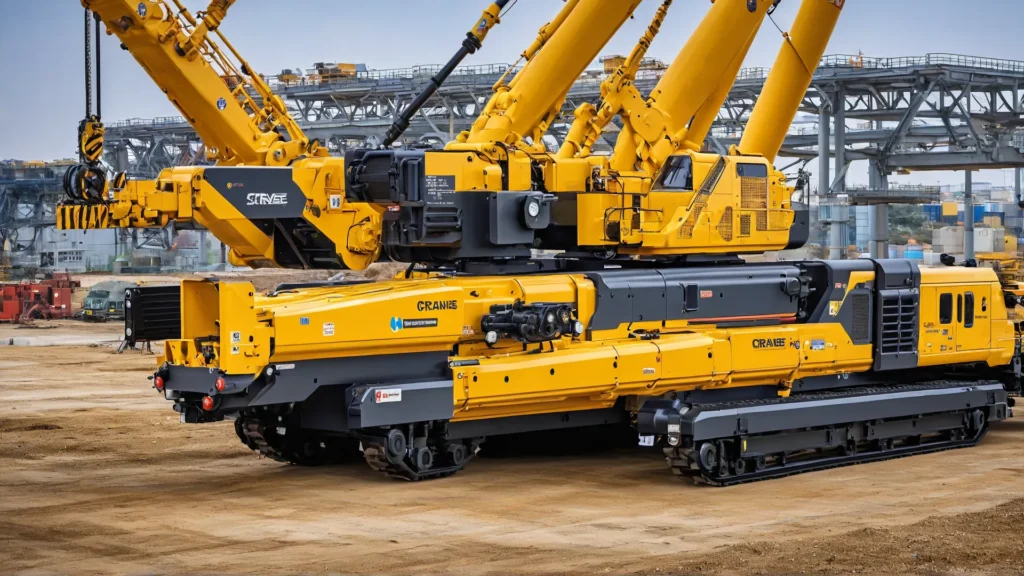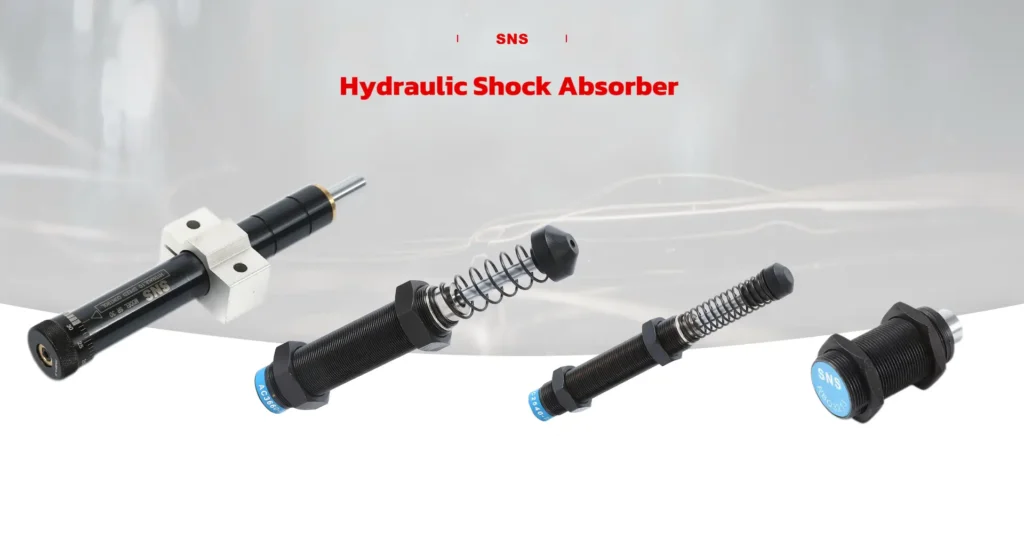Telescopic Hydraulic Cylinder Working Principle
Have you ever wondered how heavy machinery achieves impressive lifting and reaching capabilities in tight spaces?
The answer lies in the ingenious design of telescopic hydraulic cylinders. These compact yet powerful components utilize a series of nested tubes that extend and retract using hydraulic pressure.
In this blog post, we’ll delve into the working principle behind these engineering marvels and explore their various applications.
What is a telescopic hydraulic cylinder?
A telescopic hydraulic cylinder is a specialized type of linear actuator consisting of multiple nested tubular sections that extend and retract like a telescope.
It typically comprises 4-5 sleeves of decreasing diameter that fit inside each other. When hydraulic pressure is applied, the largest sleeve (barrel) extends first, followed sequentially by smaller inner stages until the smallest section (plunger) extends fully.
This design allows for a long stroke length while maintaining a compact retracted size, usually 20-40% of its fully extended length.
Telescopic hydraulic cylinders are ideal for applications requiring extended reach in limited spaces, such as dump trucks, construction equipment, and material handling machinery.

How does a telescopic hydraulic cylinder work?
A telescopic hydraulic cylinder works by utilizing a series of nested tubular sections that extend and retract like a telescope.
When hydraulic fluid is pumped into the cylinder, it exerts pressure on the innermost stage, causing it to extend first.
As each stage reaches its full extension, the increased pressure then begins to extend the next larger stage, and this process continues until all stages are fully extended.
The largest tube, called the barrel, houses the remaining stages, which are progressively smaller and slide into each other. This design allows for a long stroke length while maintaining a compact retracted size, typically 20-40% of its fully extended length.
Retraction occurs in reverse order, often assisted by gravity or external forces in single-acting cylinders, or by hydraulic pressure in double-acting cylinders.
What is a telescopic hydraulic cylinder used for?
Telescopic hydraulic cylinders are used in applications that require a long stroke length in a compact space.
They are commonly employed in construction equipment (like excavators and cranes), waste management vehicles (such as garbage trucks), agricultural machinery, dump trucks, and material handling equipment.
These cylinders excel in situations where a traditional rod cylinder would be too long when retracted, making them ideal for vehicles and machinery with limited mounting space.
Their ability to provide extended reach while maintaining a compact retracted size allows for efficient operation in confined areas, enabling tasks like lifting, dumping, compacting, and precise positioning of heavy loads.

Types of Telescopic Hydraulic Cylinders
There are three main types of telescopic hydraulic cylinders:
Single-Acting Telescopic Cylinders
- Use hydraulic pressure to extend the cylinder stages.
- Rely on external forces like gravity or springs to retract the stages.
- Commonly used in applications requiring one-way motion, such as lifting or pushing.
- Simple design, often used in less demanding applications like dump truck.
Double-Acting Telescopic Cylinders
- Use hydraulic pressure to both extend and retract the cylinder stages
- Provide more precise control over the movement of the load
- Ideal for applications requiring bidirectional motion
- More complex design, typically used in demanding applications like construction equipment and manufacturing
Combination Single/Double-Acting Telescopic Cylinders
- Combine features of single-acting and double-acting designs
- Have nested cylinders allowing for longer extensions
- Outer cylinder acts as single-acting (extends with pressure, retracts with external force)
- Inner cylinder acts as double-acting (uses pressure for extension and retraction)
- Provide benefits of both single and double-acting cylinders – long extensions and precise control
- Often used in specialized equipment like large mobile drilling rigs
Some other special designs also exist, such as:
- Constant-thrust/constant-speed cylinders: Configured so all moving stages extend simultaneously to provide constant speed and force. Used to drive drill heads in underground mining.
- Through-rod telescopic cylinders: Have rods that extend through the cylinder for a more compact design, with the rod connected directly to the load.
The choice of telescopic cylinder type depends on the specific application requirements for extension/retraction, precision of movement, space constraints, and the forces available to assist in retraction.
Conclusion
Telescopic hydraulic cylinders are a testament to innovative engineering, offering compact design, extended reach, and powerful performance. Their unique working principle allows them to tackle a wide range of applications in various industries.
To learn more about telescopic hydraulic cylinders and how they can benefit your operations, consult with a trusted hydraulic component supplier or engineer.





